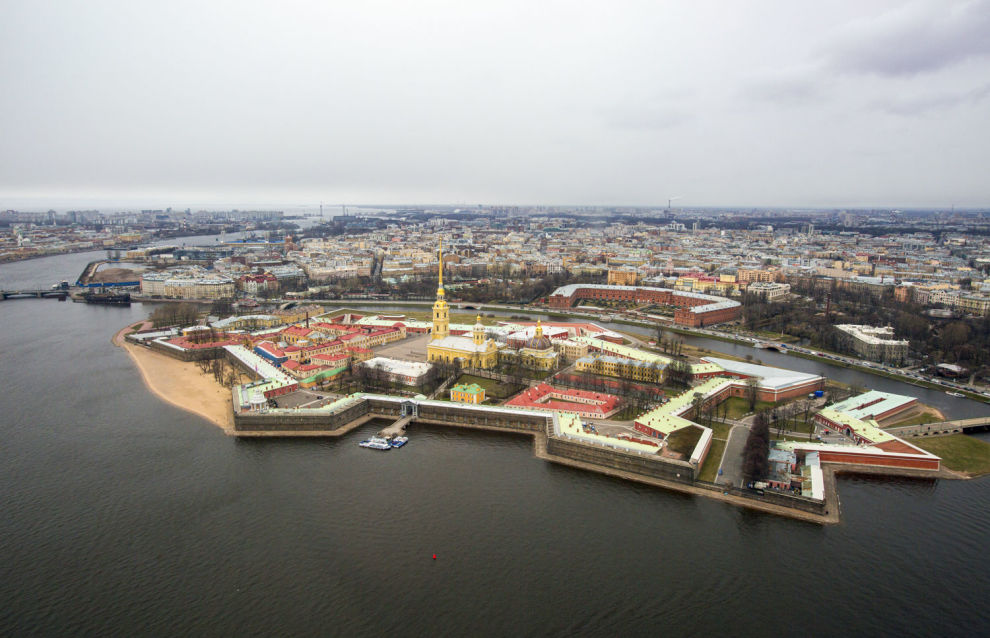St. Petersburg’s trade with Arctic regions reaches 33.2 billion rubles
The St. Petersburg Committee on Arctic Affairs monitored the purchase of goods, works and services that are provided by St. Petersburg companies and sent to the Russian Arctic. According to the committee, St. Petersburg's trade with the Arctic regions reached 33,185.8 million rubles in 2022.
“As a result of tenders held in 2022, enterprises and organizations in St. Petersburg signed some 1,800 contracts with Russian Arctic regions. Compared to 2021, there is a significant increase in all indicators,” the press service of the St. Petersburg Committee on Arctic Affairs reports.
The number of St. Petersburg suppliers that have signed transactions with their Arctic partners increased over the year from 319 to 589 (+85 percent), the number of contracts concluded increased over the same period from 1,216 to 1,800 (+48 percent), and the total value of the contracts is estimated at 33.2 billion rubles (+6 percent).
The Republic of Karelia, which concluded 322 contracts worth 7.9 billion rubles, topped the ranking. Also, large consignments of goods and services will be sent from the northern capital to the Murmansk Region: 394 contracts estimated at 6.7 billion rubles; the Krasnoyarsk Territory: 220 contracts estimated at 4.89 billion rubles; the Komi Republic: 185 contracts valued at 4.35 billion rubles; the Yamal-Nenets Autonomous Area: 170 contracts worth 3.74 billion rubles; and to the Arkhangelsk Region: 361 contracts estimated at 3.54 billion rubles,” according to committee’s statistics.
As for which sectors, healthcare contracts continue to lead with 1,285 contracts estimated at 12.5 billion rubles, or 37 percent of the total supply. Another 31 percent, or 10.2 billion rubles in contracts, are related to the development of road and transport infrastructure in the Arctic regions. Next comes contracts on education (3.1 billion rubles), information technology and communications (2.3 billion rubles), culture and sports (1.6 billion rubles), and housing and utilities (1.46 billion rubles).
